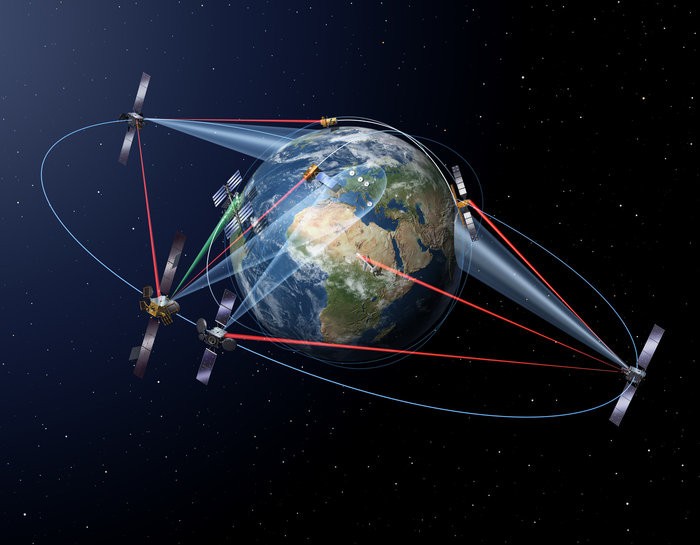DTN: An emerging communication technology for Earth observation missions

Every day satellites collect a wealth of information about Earth, but they have to send it down to the ground before we can make use of it. Sometimes this data might be lost, damaged, or delayed, but our access to it could be improved using Delay Tolerant Networks (DTNs).
DTN (Delay/Disruption Tolerant Networking) is a new emerging communication technology to address the technical issues of delayed/disrupted network connectivity, particularly occurring in the space segment, e.g. inter-satellite communication or interplanetary internet.
Different Types of Delay Networks. Photo: ESA
Supported by ESA´s Discovery and Preparation Programme, a consortium consisting of Solenix, DLR, University of Bologna and GMV in Spain under the lead of GMV INSYEN has carried out a one-year study of how to set up a DTN driven Space Internet around Earth and to examine its possible advantages.
The study comprised the identification and implementation of representative scenarios for DTNs for flexible communication with Earth Observation satellites, in the interests of maximizing station utilization and supporting emergency communication.
The proof of concept of these scenarios has been achieved using representative simulators and automated configuration algorithms, e.g. for the routing configuration generation. Last not least, the consortium proposed a rollout strategy and roadmap for DTN introduction and a break-even point for investment.




